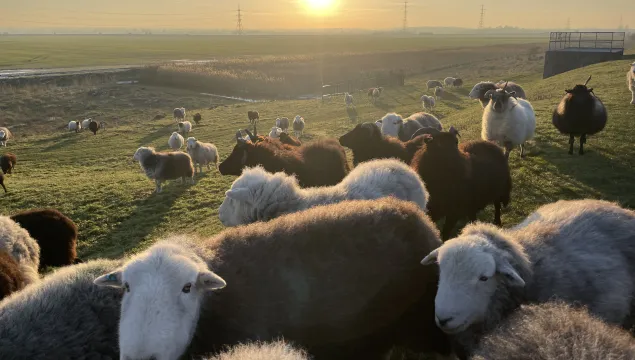
Herdwick sheep
Resident of the Cumbrian fells for hundreds of years, this hill breed is the backbone of our sheep flocks.

Resident of the Cumbrian fells for hundreds of years, this hill breed is the backbone of our sheep flocks.
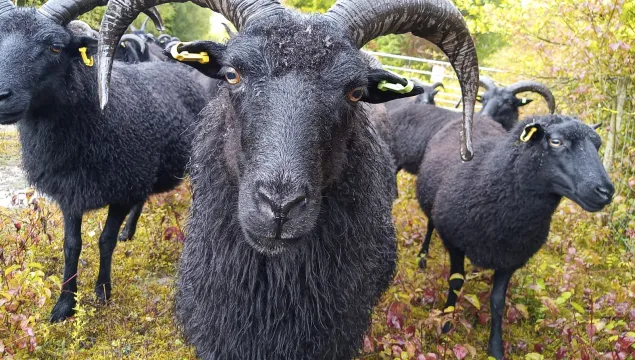
An all-black compact mountain sheep with a taste for bramble and young scrub.
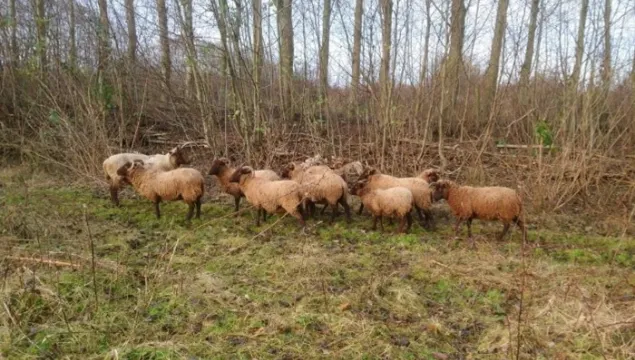
A striking unusual milky coffee coloured-sheep, often with four horns and sometimes as many as six. This primitive breed is originally from the Isle of Man. Their fleece self-sheds but they can also be shorn.
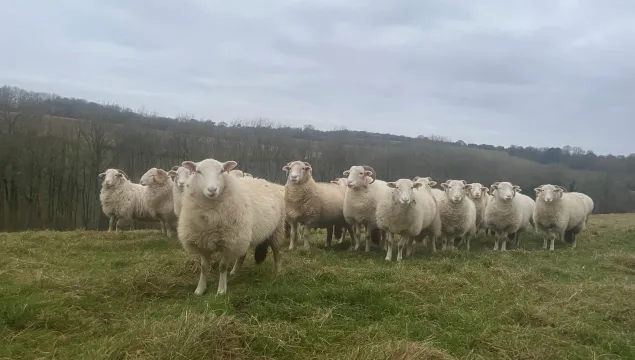
The story goes... they were bred by the Romans to take with them on their marches across the countryside so had to be strong, long-legged and happy to browse on whatever was available as they covered the length and breadth of the countryside.
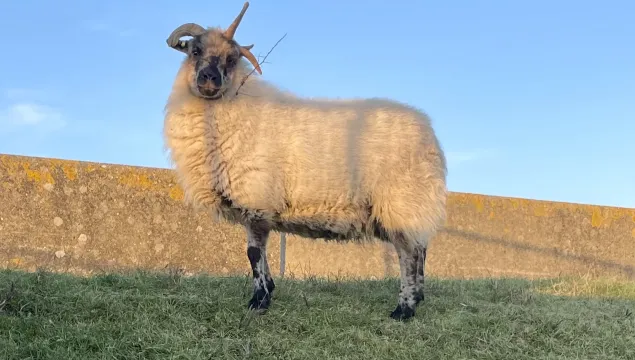
Similar to both the Hebridean sheep and the Manx, this is a compact, fine boned mountain sheep that can have two or four horns. Unlike our other two breeds of mountain sheep, Shetland sheep come in a wide variety of colours, so you will see cream and fawn as well as coffee, chocolate and black.
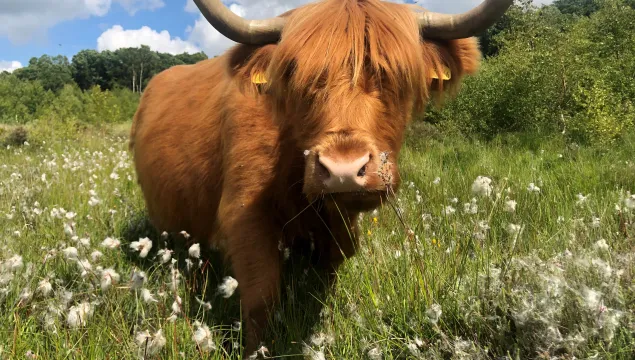
Our ground-breaking Wilder Grazing Strategy supports the nature-positive management of our estates, encouraging wildlife recovery and adaptation to the changing climate.
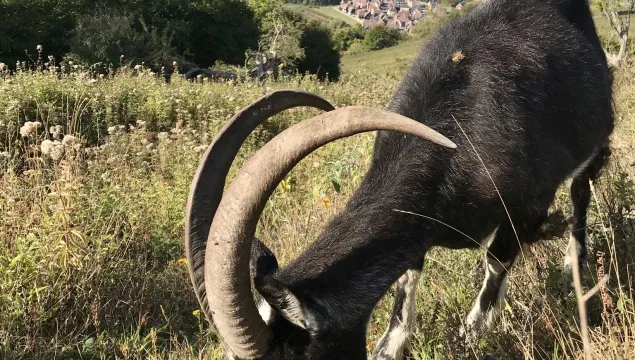
Coming in a wide range of sizes, colours and patterns, with an array of horn sizes and shapes, these goats are perhaps the ideal conservation animal.

Head of the herd is Voldemort, a dark lord of horses...
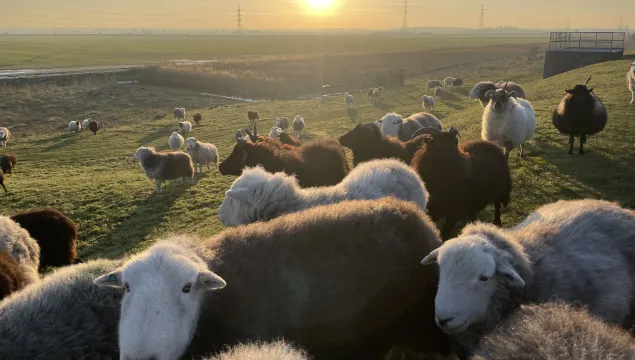
Living their best life surrounded by lots of grass.
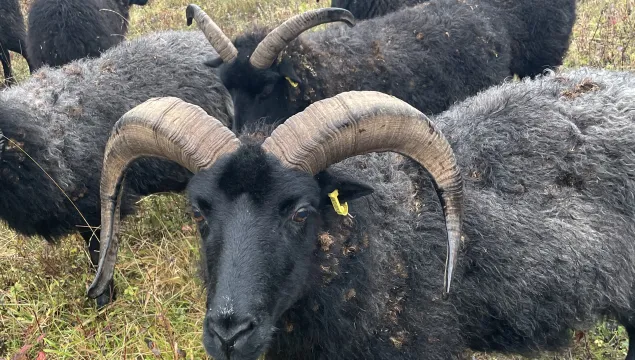
This lovable clan migrate around several reserves throughout the year led by their leader, Skittles.
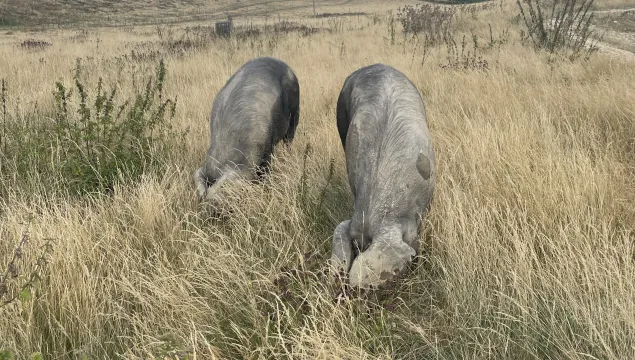
Meet the natural ploughs of the wild.
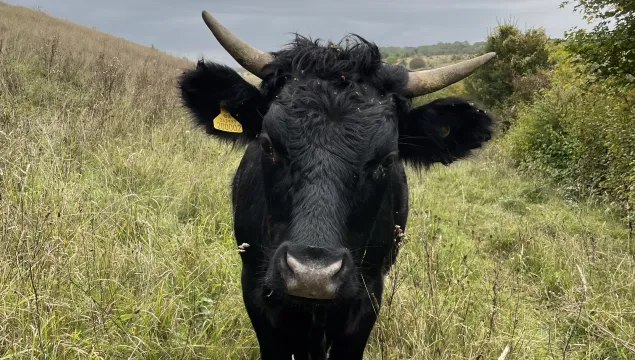
Miniature cows originally bred to live inside (and heat up) houses with some very big personalities.